Home>Gardening & Outdoor>Outdoor Recreation & Activities>How Do You Play Frisbee Golf?


Outdoor Recreation & Activities
How Do You Play Frisbee Golf?
Modified: February 18, 2024
Learn how to play frisbee golf, a fun outdoor recreation and activity. Discover the rules, techniques, and tips for enjoying this popular sport. Start your frisbee golf adventure today!
(Many of the links in this article redirect to a specific reviewed product. Your purchase of these products through affiliate links helps to generate commission for Storables.com, at no extra cost. Learn more)
Introduction
Frisbee golf, also known as disc golf, is a fun and engaging outdoor activity that combines the precision of golf with the casual, laid-back nature of throwing a frisbee. It's a game that can be enjoyed by people of all ages and skill levels, making it a popular choice for recreational outings, family gatherings, and friendly competitions.
The allure of frisbee golf lies in its simplicity and accessibility. Unlike traditional golf, frisbee golf doesn't require a large, manicured course or expensive equipment. Instead, players navigate through a course, aiming to land their frisbee in a series of designated targets, typically metal baskets with hanging chains. The challenge of accurately throwing the frisbee to reach these targets, often nestled within natural landscapes, adds an element of adventure to the game.
One of the most appealing aspects of frisbee golf is its versatility. Courses can be found in a variety of settings, from local parks and wooded areas to dedicated frisbee golf facilities. This diversity allows players to experience different environments and terrain while honing their skills and enjoying the great outdoors.
Whether you're a seasoned frisbee golf enthusiast or a newcomer to the sport, there's something undeniably satisfying about the sound of a well-thrown frisbee sailing through the air and landing with a satisfying clang in the target basket. The camaraderie and friendly competition that often accompany a round of frisbee golf add to the overall enjoyment of the game, making it a fantastic way to spend time with friends and family while staying active and embracing the beauty of nature.
In the following sections, we'll delve into the fundamentals of frisbee golf, covering everything from the essential equipment needed to the rules of play and strategies for improving your game. Whether you're looking to learn the basics or enhance your skills, this guide will provide valuable insights to help you make the most of your frisbee golf experience.
Key Takeaways:
- Frisbee golf combines the fun of throwing a frisbee with the precision of golf, offering an accessible outdoor activity for all ages and skill levels. It’s a budget-friendly way to enjoy nature and friendly competition.
- To play frisbee golf, you’ll need discs designed for different throws, a comfortable backpack, and sturdy footwear. The game involves strategic throws, navigating diverse terrains, and keeping track of scores. It’s a rewarding and inclusive outdoor experience.
Read more: What Do You Need For Frisbee Golf?
Understanding the Basics of Frisbee Golf
Frisbee golf, also known as disc golf, shares many similarities with traditional golf, yet it offers a unique and accessible experience for players of all ages and skill levels. At its core, frisbee golf combines the principles of golf with the simple joy of throwing a frisbee, creating an engaging outdoor activity that can be enjoyed in a variety of settings.
The objective of frisbee golf is to complete a course in the fewest throws possible, similar to the concept of traditional golf. However, instead of using clubs and golf balls, players utilize specially designed frisbees, known as discs, to navigate through the course. The course is typically comprised of a series of designated targets, often metal baskets with hanging chains, strategically positioned throughout the playing area. These targets serve as the "holes" in frisbee golf, and players aim to land their discs in them using a combination of skill, strategy, and precision.
One of the defining features of frisbee golf is its adaptability to various terrains and environments. Courses can be set up in open fields, wooded areas, or hilly landscapes, offering players the opportunity to experience different challenges and scenery. This diversity adds an element of adventure to the game, as players must navigate through natural obstacles and adjust their throwing techniques based on the surroundings.
Another key aspect of frisbee golf is its accessibility. Unlike traditional golf, frisbee golf courses are often free to play and open to the public, making it an inclusive and budget-friendly activity for individuals and families. Additionally, the rules and etiquette of frisbee golf are straightforward, allowing players to focus on enjoying the game without the complexities often associated with traditional golf.
As with any sport, frisbee golf encourages physical activity and outdoor recreation, promoting a healthy and active lifestyle. The game provides an excellent opportunity for players to engage in light exercise while immersing themselves in the natural beauty of the surroundings. Whether played casually with friends or in organized tournaments, frisbee golf offers a refreshing and enjoyable way to spend time outdoors while honing throwing skills and strategic thinking.
Understanding the basics of frisbee golf sets the stage for an enriching and rewarding experience on the course. With a clear grasp of the game's fundamental principles, players can approach each round with confidence, enthusiasm, and a deep appreciation for the unique blend of athleticism and leisure that frisbee golf offers.
Equipment Needed for Frisbee Golf
When preparing for a round of frisbee golf, it's essential to have the right equipment to fully enjoy the game and maximize your performance on the course. Here's a breakdown of the key items you'll need to embark on your frisbee golf adventure:
1. Discs
The most crucial equipment for frisbee golf is, of course, the discs themselves. Unlike traditional frisbees used for casual play, frisbee golf discs are specifically designed for different types of throws and distances. There are three primary types of discs: drivers, mid-range discs, and putters. Drivers are designed for long-distance throws, mid-range discs offer versatility for various shot types, and putters are tailored for short, accurate throws. Having a selection of discs suited to different situations on the course can significantly enhance your game.
2. Disc Bag or Backpack
To conveniently carry and organize your discs, a durable and spacious disc bag or backpack is essential. These specialized bags often feature multiple compartments and pockets to accommodate various discs, water bottles, snacks, and other personal items. A comfortable and well-designed disc bag can make navigating the course more enjoyable and efficient.
Read more: How Do You Play Ultimate Frisbee?
3. Comfortable Footwear
Given the outdoor nature of frisbee golf courses, comfortable and supportive footwear is crucial. Opt for sturdy, closed-toe shoes with good traction to navigate diverse terrains, including grassy fields, wooded areas, and uneven ground. Proper footwear not only enhances your performance but also helps prevent discomfort and potential injuries during play.
4. Scorecard and Pencil
While not directly related to throwing discs, a scorecard and pencil are essential for keeping track of your progress throughout the course. Whether playing solo or with friends, maintaining an accurate score adds a competitive element to the game and allows players to track their improvement over time.
5. Water Bottle and Snacks
Staying hydrated and energized is vital during a round of frisbee golf, especially on warm or challenging courses. Carrying a reusable water bottle and some nutritious snacks ensures that you can maintain your energy levels and focus throughout the game, contributing to an overall enjoyable experience.
By ensuring you have the appropriate equipment, you can fully immerse yourself in the excitement and challenges of frisbee golf. With the right discs, accessories, and personal items, you'll be well-prepared to tackle the course and make the most of your time outdoors while engaging in this dynamic and rewarding sport.
How to Play Frisbee Golf
Playing frisbee golf involves a blend of strategy, skill, and precision, making it an enjoyable and accessible outdoor activity for individuals and groups. Whether you're a beginner or a seasoned player, understanding the basic rules and techniques is essential for a rewarding experience on the course.
1. Tee Off
Similar to traditional golf, a round of frisbee golf begins with a tee off. Players stand at the designated tee area and aim to throw their disc toward the target basket, which serves as the "hole." The objective is to reach the target in as few throws as possible, just like in traditional golf.
2. Navigating the Course
As players progress through the course, they encounter a series of targets, each requiring accurate throws to advance. The layout of the course may include diverse terrain, such as open fields, wooded areas, and elevation changes, adding an element of adventure and challenge to the game.
3. Throwing Techniques
Players utilize different throwing techniques based on the distance and obstacles they encounter. For longer throws, drivers are used to achieve maximum distance, while mid-range discs offer versatility for various shot types. Putters are employed for short, accurate throws, especially when approaching the target basket.
4. Observe Etiquette
Respecting the course and fellow players is integral to the spirit of frisbee golf. Players should adhere to course rules, maintain a reasonable pace of play, and be mindful of other groups on the course. Additionally, keeping the course clean and free of litter contributes to a positive experience for all players.
Read more: Where Was Frisbee Golf Invented?
5. Completing the Course
Upon reaching the final target, players complete the round by successfully landing their disc in the target basket. The total number of throws taken to complete the course is recorded, forming the player's score for the round.
6. Enjoying the Experience
Frisbee golf offers a unique blend of physical activity, strategy, and outdoor enjoyment. Whether played casually with friends or in organized tournaments, the game provides an opportunity to appreciate nature, hone throwing skills, and engage in friendly competition.
By following these fundamental guidelines and embracing the spirit of the game, players can fully immerse themselves in the excitement and challenges of frisbee golf. Whether aiming for a leisurely round or striving for personal improvement, the game offers a refreshing and rewarding way to spend time outdoors while enjoying the thrill of throwing discs amidst scenic surroundings.
Scoring in Frisbee Golf
Scoring in frisbee golf follows a straightforward and intuitive system, mirroring the principles of traditional golf while adapting to the unique dynamics of the game. Understanding the scoring process is essential for players to track their performance, compete with others, and measure their progress over time.
Each target basket on the frisbee golf course represents a "hole," and players aim to complete the course in the fewest throws possible. The number of throws taken to reach each target contributes to the player's overall score for the round. Here's a detailed breakdown of the scoring process in frisbee golf:
1. Counting Throws
After each throw, players count the number of throws it takes to land their disc in the target basket. This count represents the "strokes" for that particular "hole." Similar to traditional golf, lower scores indicate better performance, as fewer throws are required to reach the targets.
Read more: How To Make Frisbee Golf Baskets
2. Recording Scores
Players maintain a running tally of their scores as they progress through the course. The total number of throws taken to complete the entire course constitutes the player's final score for the round. This cumulative score reflects the player's overall performance and serves as a benchmark for comparison with other players.
3. Par and Relative Performance
Each target on the course is assigned a "par" value, representing the number of throws an expert player would typically require to reach the target. Players can compare their performance to par to gauge their relative success on each "hole." Scoring below par indicates that a player performed better than the expected standard, while scoring above par suggests that the player faced challenges in meeting the anticipated performance level.
4. Competitive Scoring
In competitive frisbee golf tournaments and events, scores are used to rank players and determine winners. The player with the lowest total score at the end of the round is typically declared the winner. This competitive aspect adds an exciting dimension to the game, encouraging players to strive for consistent improvement and excellence in their performance.
5. Tracking Progress
Maintaining a record of scores over multiple rounds allows players to track their progress and identify areas for improvement. By analyzing their scores on different courses and under varying conditions, players can refine their strategies, enhance their throwing techniques, and strive for greater consistency in their performance.
By comprehending the scoring system and embracing the competitive and self-improvement aspects of frisbee golf, players can fully appreciate the depth and richness of the game. Whether aiming for personal bests or engaging in friendly competition, the scoring process adds a compelling layer of challenge and motivation to the overall frisbee golf experience.
Read more: What Is A Bogey In Frisbee Golf?
Tips for Improving Your Frisbee Golf Game
-
Practice Consistently: Regular practice is key to improving your frisbee golf skills. Dedicate time to honing your throwing techniques, experimenting with different discs, and familiarizing yourself with various course layouts. The more you practice, the more confident and proficient you'll become on the course.
-
Master Your Discs: Understanding the unique flight characteristics of your discs is essential. Spend time experimenting with different discs to grasp their flight patterns, stability, and distance capabilities. This knowledge will empower you to make informed decisions and execute precise throws in diverse course conditions.
-
Develop Throwing Techniques: Work on refining your throwing techniques, including backhand, forehand, and overhead throws. Each technique offers distinct advantages in different situations on the course. By mastering a variety of throws, you'll be better equipped to navigate obstacles and adapt to varying distances and angles.
-
Visualize Your Throws: Before executing a throw, visualize the intended flight path of your disc and the desired landing spot. Mental visualization can enhance your focus and help you anticipate the trajectory of your throw, leading to more accurate and strategic plays.
-
Course Management: Strategically plan your approach to each target based on the course layout and terrain. Assess potential obstacles, wind conditions, and elevation changes to determine the optimal throwing angles and disc selection. Effective course management can lead to more efficient and successful plays.
-
Stay Calm Under Pressure: In competitive or challenging situations, maintaining composure is crucial. Focus on your technique, trust your abilities, and remain composed during critical throws. Confidence and a calm mindset can positively impact your performance on the course.
-
Learn from Experience: Reflect on your rounds and learn from both successful and challenging throws. Analyze your decision-making process, adapt to different course conditions, and embrace opportunities for growth. Each round offers valuable insights to help you evolve as a frisbee golfer.
-
Embrace Community and Resources: Engage with the frisbee golf community, seek advice from experienced players, and explore online resources and tutorials. Learning from others and leveraging available resources can provide valuable tips, techniques, and strategies to enhance your game.
-
Physical Conditioning: Incorporate light physical exercises and stretching routines to maintain flexibility and endurance. Strengthening your core and improving overall fitness can contribute to better throwing mechanics and sustained performance throughout a round.
-
Enjoy the Journey: Embrace the learning process and enjoy the journey of improving your frisbee golf game. Celebrate your progress, savor the camaraderie of the sport, and approach each round with a positive and determined mindset.
By integrating these tips into your frisbee golf practice and play, you can elevate your skills, deepen your enjoyment of the game, and embark on a fulfilling journey of continuous improvement and achievement on the course.
Conclusion
Frisbee golf, with its blend of athleticism, strategy, and outdoor enjoyment, offers a captivating and accessible experience for players of all backgrounds. As the sun sets on a round of frisbee golf, the sense of accomplishment and camaraderie lingers, leaving a lasting impression on players and spectators alike.
The allure of frisbee golf lies not only in the thrill of launching discs across picturesque landscapes but also in the sense of community it fosters. Whether played casually with friends on a local course or in organized tournaments that draw enthusiasts from near and far, frisbee golf creates a shared bond among players who revel in the challenge and joy of the game.
The simplicity and versatility of frisbee golf make it a standout choice for outdoor recreation. With minimal equipment requirements and courses set in diverse natural settings, the game invites players to immerse themselves in the beauty of the outdoors while engaging in friendly competition and skillful throws.
As players navigate through the course, each throw becomes a testament to their precision, adaptability, and strategic thinking. The satisfaction of landing a disc in the target basket, overcoming obstacles, and achieving personal bests adds a sense of fulfillment to the game, reinforcing the appeal of frisbee golf as a rewarding and enjoyable pursuit.
Beyond the individual thrill of throwing discs, frisbee golf embodies a spirit of inclusivity and sportsmanship. Players of all ages and skill levels can partake in the game, fostering a welcoming and encouraging environment where everyone has the opportunity to improve, learn, and share in the excitement of the sport.
In conclusion, frisbee golf transcends the boundaries of traditional sports, offering a dynamic and engaging experience that celebrates the joy of outdoor play, the thrill of competition, and the beauty of natural surroundings. Whether played for leisure, personal improvement, or as a competitive pursuit, frisbee golf leaves an indelible mark on those who embrace its challenges and rewards, making it a cherished pastime for enthusiasts around the world.
Frequently Asked Questions about How Do You Play Frisbee Golf?
Was this page helpful?
At Storables.com, we guarantee accurate and reliable information. Our content, validated by Expert Board Contributors, is crafted following stringent Editorial Policies. We're committed to providing you with well-researched, expert-backed insights for all your informational needs.
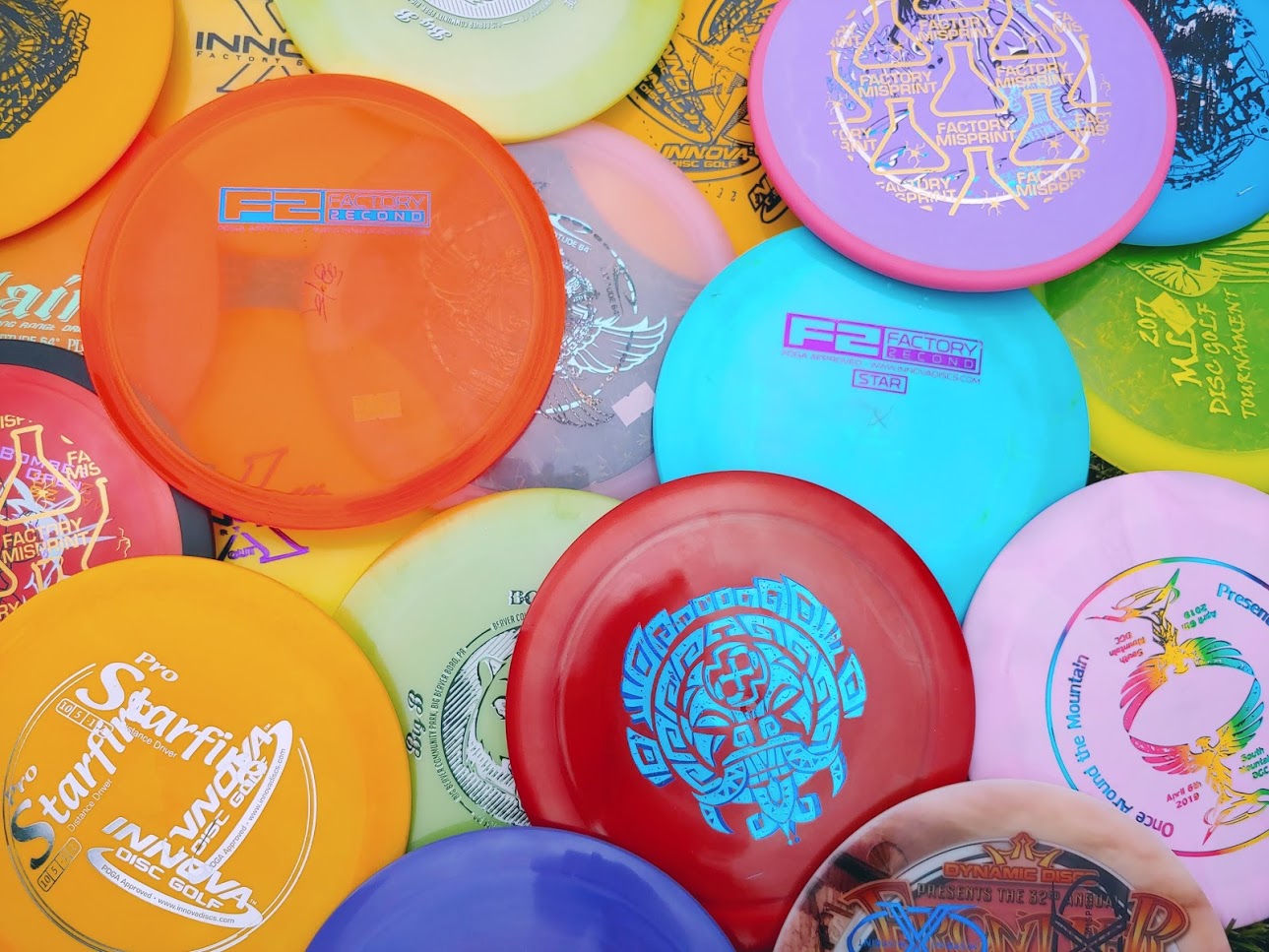
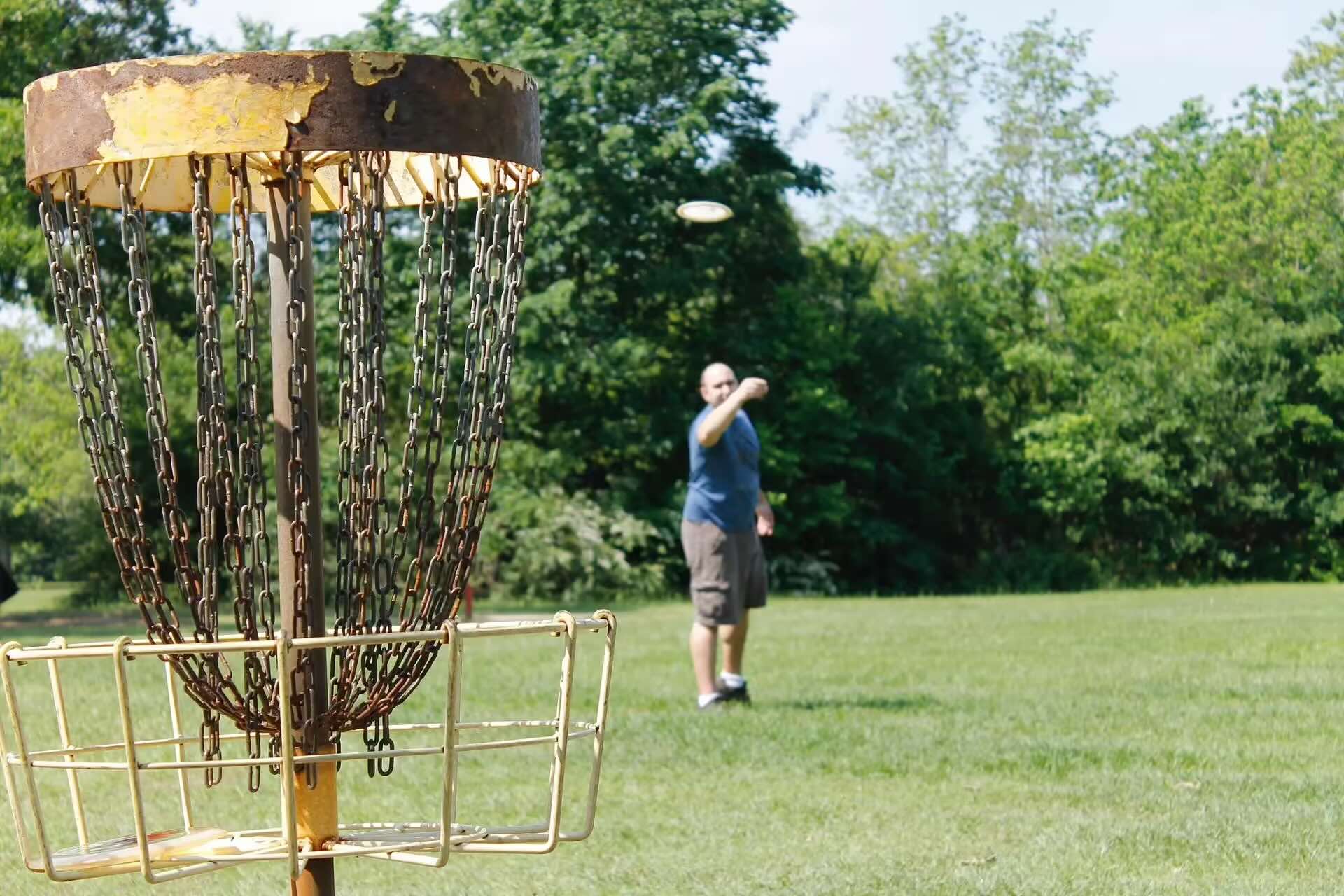
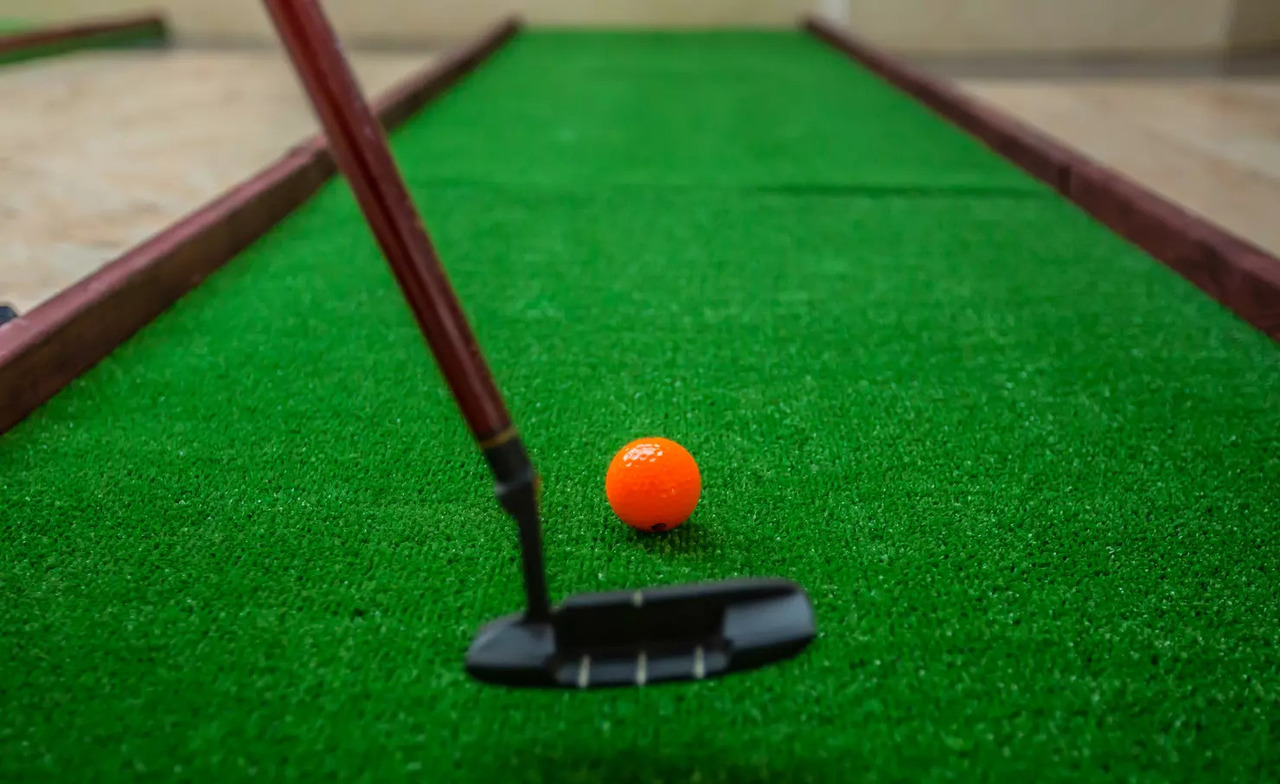
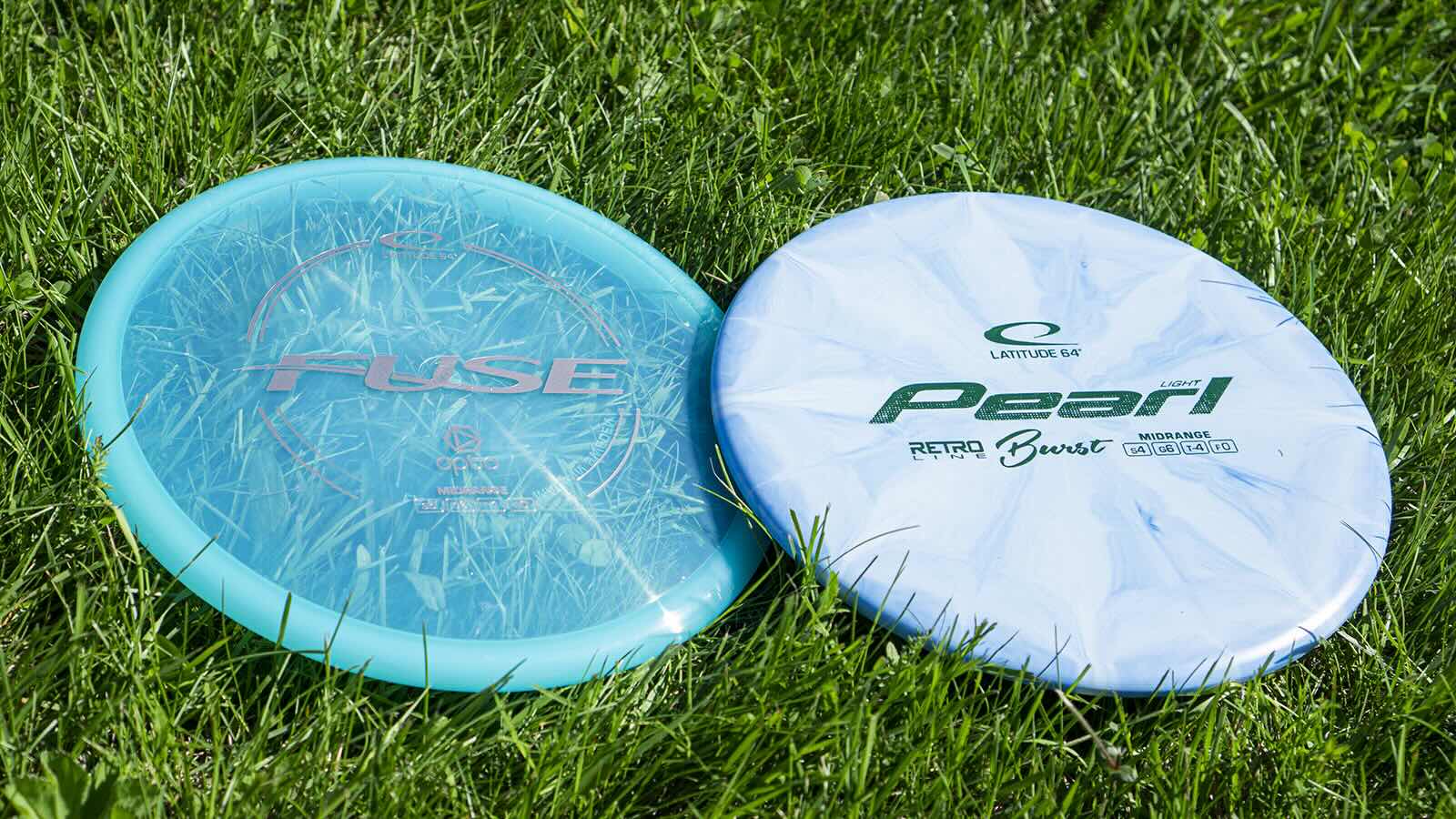


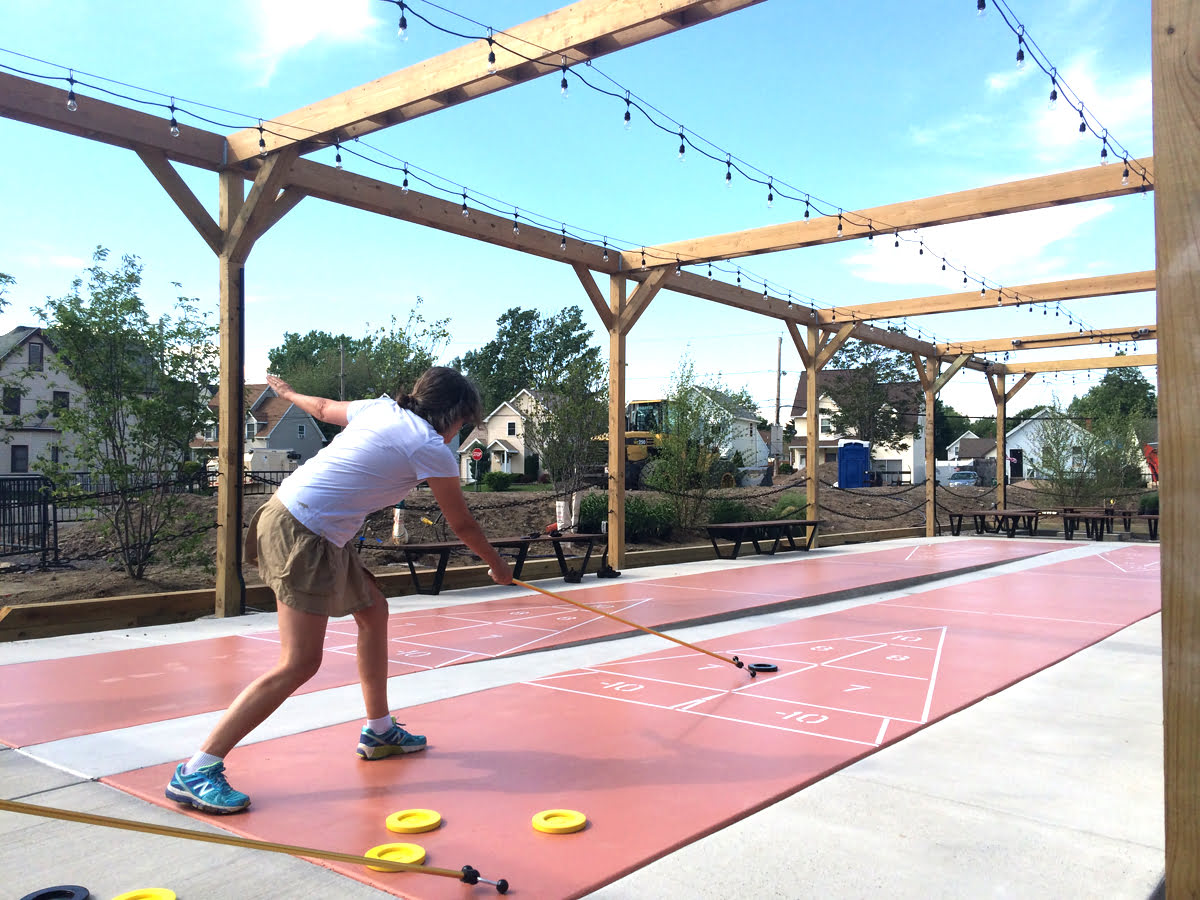


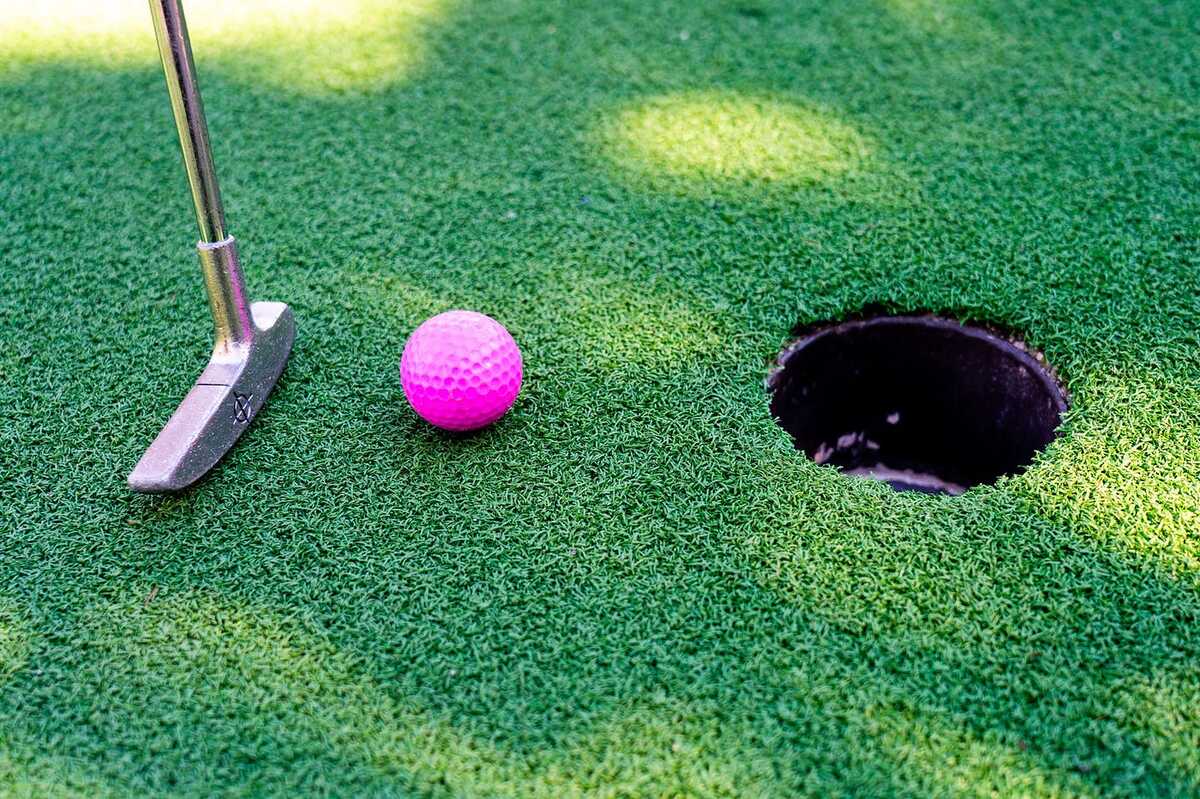

0 thoughts on “How Do You Play Frisbee Golf?”